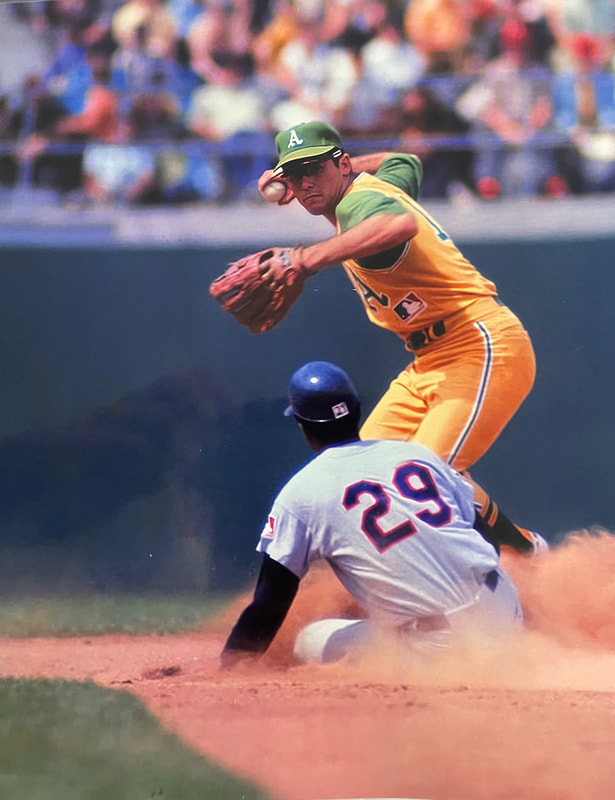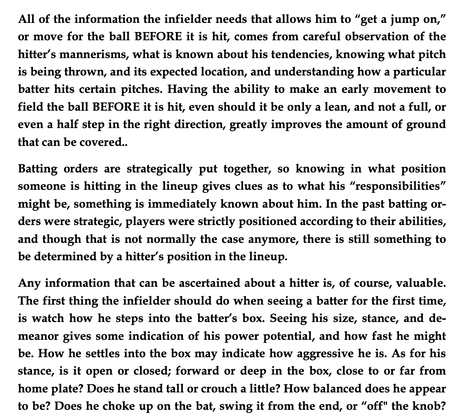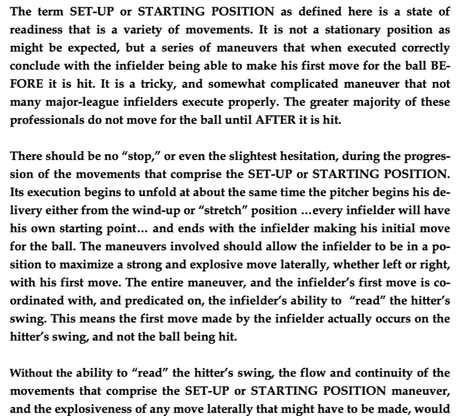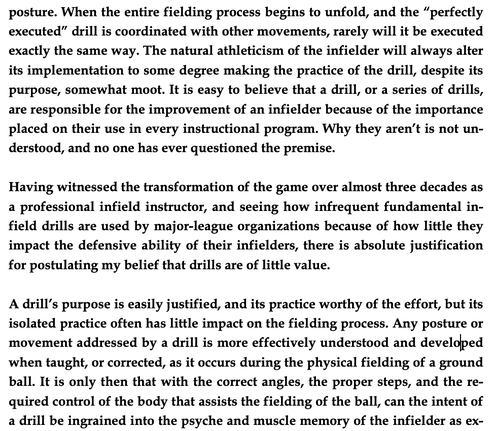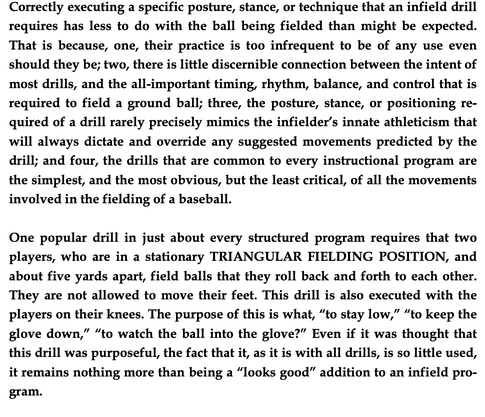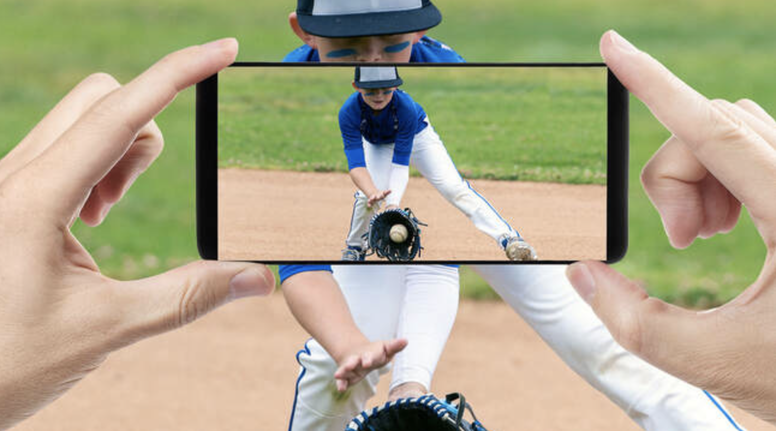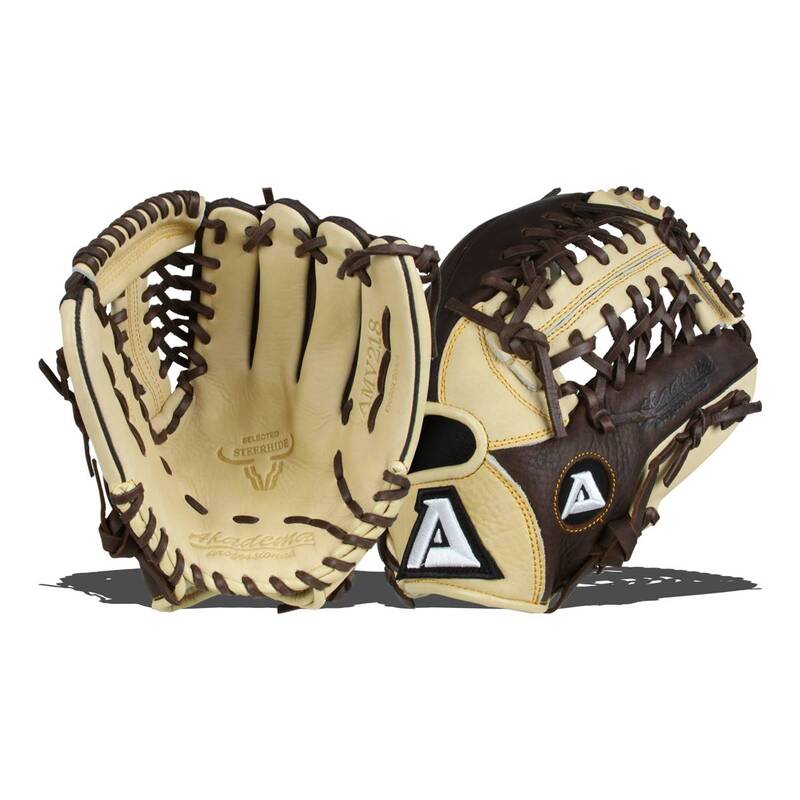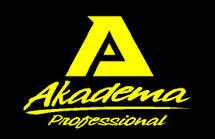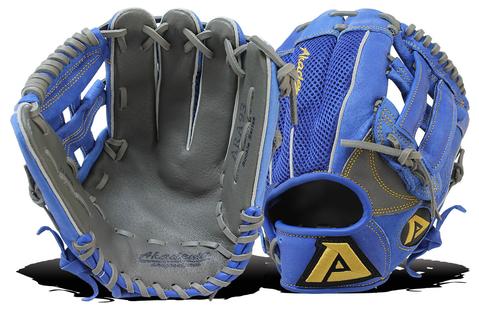TED KUBIAK
BECOME A SUCCESSFUL INFIELDER
You are one click away
...from the most comprehensive explanation of the fielding process you will ever find...
...my 18,000-word, fifty-four-page treatise titled...
"HOW TO FIELD A GROUND BALL"
During the first few years of my minor-league career, I studied every move I made fielding ground balls. I was both teacher and student, monitoring myself, dissecting, and breaking down the fielding process as best I could, experimenting, adjusting, and refining my movements day after day looking for anything that would make me a better infielder. I recognized that by altering the use of my upper body, head, hand and arms, or changing a step, stride, lean, push or angle, I could put myself into positions that enabled me to more easily field every ground ball.
What resulted from my study is my 18,000-word, fifty-four-page document that explains the fielding process in microscopic detail. Much of the document's focus is on the many little movements that I'd never before recognized or paid attention to that once discovered, and their purpose understood, to my surprise, greatly simplified, and eased the difficulty of fielding a ground ball. The importance of those movements, and how they coordinated with the understood fundamental movements of the fielding process was significant.
Though they teach specific postures, actions, and maneuvers of the fielding process, drills, by themselves, do not teach anyone how to successfully and consistently field ground balls. Drills represent and teach isolated movements. They are moments in time, parts of, or segments of the fielding process. You can do them all day, but you may still not be able to field ground balls consistently.
MY METHOD OF INSTRUCTION NEVER INCLUDED THE USE OF DRILLS
Improving an infielder's fielding mechanics is best achieved by adjusting or correcting them during practice sessions when the ground balls being fielded are ROLLED, not hit. This is when the movements that develop the timing, rhythm, balance, and control that is required to field ground balls consistently can be better adapted to the infielder's natural talent, and because one movement affects, and is always coordinated with others, this "live" method of instruction considers them all, not just one as so often happens when drills are used.
There is no credible evidence that substantiates the contention that drills will teach anyone how to field ground balls successfully and consistently. The belief that they will alter, develop, or improve a specific movement, action, stance, or posture cannot be definitively proven. Any maneuver taught by a drill will always be executed differently because it is controlled by the infielder's natural ability. The difference may not be much, but it is often significant.
From "HOW TO FIELD A GROUND BALL" by Ted Kubiak
My twenty-five years as a professional infield instructor have proven to me that drills are useless. They have a purpose, but the fielding process is not defined by what is taught on every internet site, in every "baseball school," camp, clinic, indoor facility, or individual one-on-one session, but by the coordination of a collective of movements that establish the timing, rhythm, balance, and control that are the essential elements of the fielding process.
There is nothing significantly different when comparing one profit-oriented instructional program to another, and even should there be a staff of "quality" instructors, their credentials can be misleading.
From "HOW TO FIELD A GROUND BALL" by Ted Kubiak
The information in my document will explain how the coordination of the many movements that comprise the fielding process will help you move around your position with confidence. Its ultimate value is one of self-discovery. You will learn techniques and maneuvers that will simplify the fielding process and uncover an ability you may have never known you've had. With a more comprehensive understanding of what you are doing, you will become a better infielder.
With nothing more important for an infielder than being able to field the routine ground ball consistently, my document will be a tutorial to which you can refer when needed.
I will teach you movements that even professional infield coaches have never recognized.
My document will answer such things as...
-why drills are ineffective.
-the role your head plays in fielding the ball.
-how to "read" a hitter's swing.
-what few infielders do.
-why you must always think "laterally."
-the benefits of "sneaking up" on the ball.
-how to get a "jump" on the ball.
-the value of "trigger points."
-how to improve your range.
-what "patting" your glove indicates.
-the value of "alligator hands."
-why the "phantom process" is indispensable.
-the value of "funneling" the ball.
-the importance of "angles."
-why "charging" the ball is unnecessary.
-why movements must be coordinated.
I not only tell you what to do in an easy to understand narrative, I tell you how to do it.
You will not find the information I give you anyplace else.
-why drills are ineffective.
-the role your head plays in fielding the ball.
-how to "read" a hitter's swing.
-what few infielders do.
-why you must always think "laterally."
-the benefits of "sneaking up" on the ball.
-how to get a "jump" on the ball.
-the value of "trigger points."
-how to improve your range.
-what "patting" your glove indicates.
-the value of "alligator hands."
-why the "phantom process" is indispensable.
-the value of "funneling" the ball.
-the importance of "angles."
-why "charging" the ball is unnecessary.
-why movements must be coordinated.
I not only tell you what to do in an easy to understand narrative, I tell you how to do it.
You will not find the information I give you anyplace else.
Here are a few pages from my document...
Navigate to "Parents" and "Coaches" in the menu for more excerpts from my document.
******************************
To purchase and download...
"HOW TO FIELD A GROUND BALL"
...18,000 words, and fifty-four pages of the best instruction you will ever find about fielding a ground ball...
...hover over the document below and click on "SHOP"...
Input the required information, and a digital copy of the document will be sent to your email address.
Be sure to save the download.
PayPal will protect your purchase.
$1295.00
******************************
And..
...with your purchase of...
"HOW TO FIELD A GROUND BALL"
******************************
And..
...with your purchase of...
"HOW TO FIELD A GROUND BALL"
...you will receive a...
FREE VIDEO EVALUATION
SEND ME...
...a video of the infielder fielding at least fifty ground balls at various locations of his or her position. Use your judgment as to how many balls are fielded but be sure I get a good sampling of the infielder's ability. The balls should be ROLLED, NOT HIT from a distance of about ten yards. Give the player time to return to the starting position each time before the next ball is rolled. An IPhone video would be ideal.
EVERY BALL MUST BE FIELDED WITH TWO HANDS.
NO BALLS ARE TO BE BAREHANDED OR BACKHANDED
Roll a few balls directly to the player, and a few that force the player to move laterally, left and right, for which he or she must "get around" or "behind," and then move forward to field. Have a couple of slow rollers fielded with two hands--not barehanded--with a throw made after fielding it. If the player has trouble making the play using two hands, use of just the glove hand is fine. And I want to see how explosively the infielder moves laterally so include a couple of hard breaks to the left and right; no ball needs to be fielded doing this.
When taking the video, mix the up the ground balls, with the lateral breaks, and slow rollers. This will give me a more realistic look at the player's ability.
One of the methods I used to develop my professional infielders was to give them a written "Points of Emphasis" document that detailed their strengths and limitations with suggestions for making whatever adjustments or corrections were needed. I will send you a similar document.
Send your video [email protected].
I will notify you when it has been received.
My evaluation will be returned to you within approximately two weeks.
With both a VIDEO EVALUATION, and my document, "HOW TO FIELD A GROUND BALL," you will better understand how I taught the fielding process.
******************************
If you are interested in ONLY the...
VIDEO EVALUATION
...hover over the photo below and click on "SHOP."
Once you have made your purchase, send your video to...
[email protected]
I will notify you when it has been received.
An IPhone video is recommended.
My evaluation will be returned to you within two weeks.
PayPal will protect your purchase.
$995.00
******************************
And...
WITH YOUR PURCHASE OF...
"HOW TO FIELD A GROUND BALL" or the VIDEO EVALUATION
...you will receive...
A FREE BASEBALL GLOVE
I will send you an infielder's glove manufactured by the Akadema Sporting Goods Company. Akadema uses the finest leather for the construction of their gloves, and they are used by a number of major league players.
Akadema is the world’s most exciting baseball and softball equipment company. In its short history it has become the hottest baseball and softball equipment company for professional, college, high school and youth players. Akadema attributes their increase in market share to their innovative quality professional product line, which is in contrast to mass production products that have little to do with quality or feel. Akadema has long stood for high quality and performance, and their equipment comes highly endorsed by MLB Hall of Famers Gary Carter and Carl Yastrzemski.
Be sure we have your mailing address when you make your purchase.
The glove will be drop-shipped from Akadema. Allow two weeks for delivery.
The glove model you get will depend on availability.
Be sure we have your mailing address when you make your purchase.
The glove will be drop-shipped from Akadema. Allow two weeks for delivery.
The glove model you get will depend on availability.
Proudly powered by Weebly

